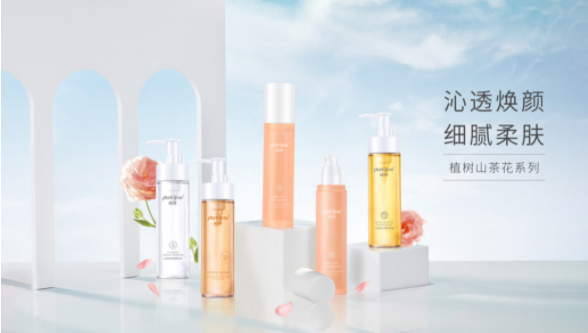with the increasing demands on cosmetic dosage form and functional requirements on the market, the types of surfactants used in cosmetics are also increasing. the surfactants used in cosmetics should not be irritated or toxic to the skin, and should also be satisfied with the requirements of colorlessness, no unpleasant odor and high stability. so what requirements must surfactants be met when they are used in cosmetics?

first of all, the product has functional requirements for surfactants, because each cosmetic has specific effects, which are manifested in covering, cleaning, moisturizing, anti-wrinkle, whitening, color and aroma, etc. secondly, the compatibility requirements of product formulas for surfactants. because cosmetics may experience stability problems such as water dissipation, oil dissipation, layering, precipitation, discoloration, odor dissipation and expansion during the shelf life, which is related to the inappropriate selection of surfactants used as emulsifiers. therefore, it is required that the compatibility and compatibility of surfactants used as emulsifiers must be good.
the product requirements for the commercial properties of surfactants. after using surfactants, the product must have a good appearance and skin feel. the product must have a pleasant aroma, delicate, smooth, soft, and have good application and spreadability. it should be convenient in production operations. the smaller the cost-to-performance ratio, the lower the cost of the product, and the higher the performance of the product, the higher the formulation technology level of the product.
finally, there is the safety requirements for surfactants. since adverse skin reactions caused by cosmetics can directly affect people's physical and mental health, the raw materials of cosmetics must be harmless to the human body, and must be non-irritating, non-toxic, unpleasant, non-pleasant, non-allergic, and other adverse phenomena. in addition, there are certain requirements for the hygiene indicators of surfactants because when cosmetics are used and stored, hygiene and safety problems such as microbial contamination will occur. therefore, surfactants used as cosmetics are required to have antimicrobial contamination properties.
as cosmetics develop towards naturalness, safety, scientificity, biochemistry, efficacy, functionality and practicality, the development of natural cosmetics has become increasingly important in the cosmetics industry. as an important ingredient in cosmetics, surfactants should vigorously use natural raw materials in development and application, and try to avoid using ingredients that are irritating to the skin to reduce the various harms caused by chemical ingredients to the human body. the development of green and environmentally friendly surfactants will greatly promote the development of functional cosmetics.

